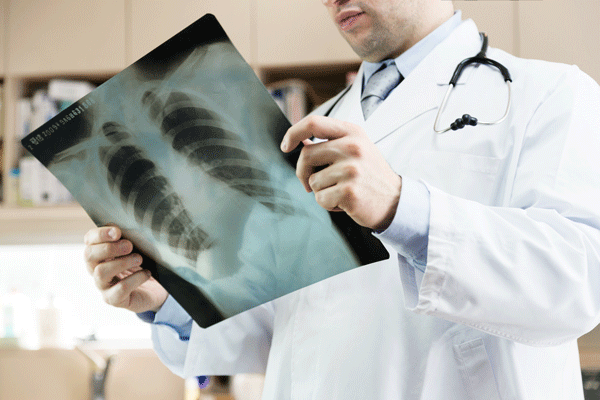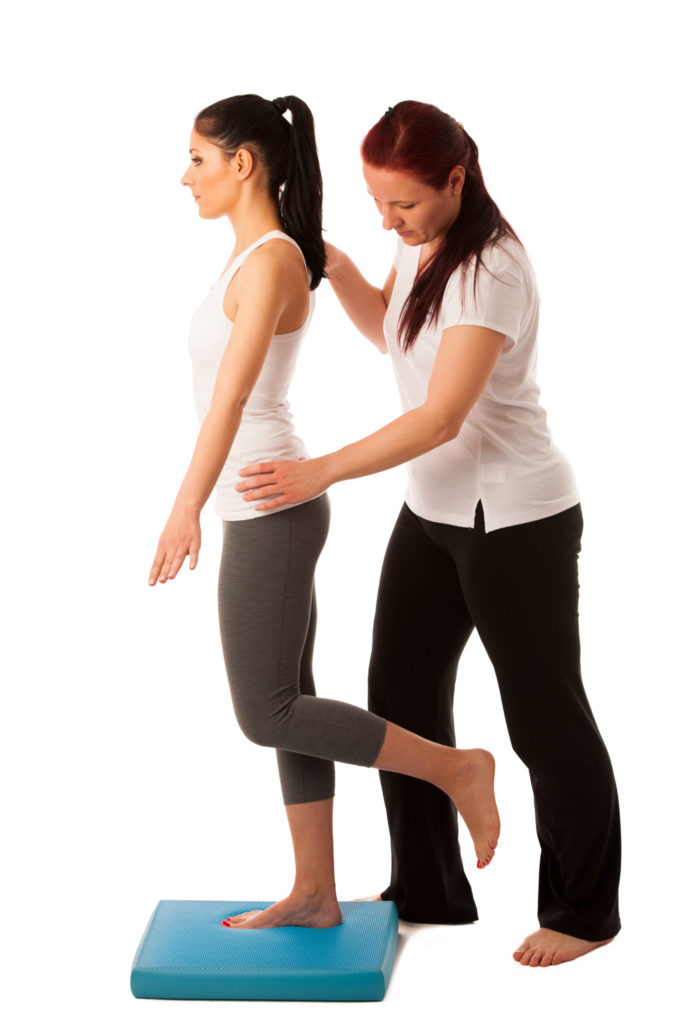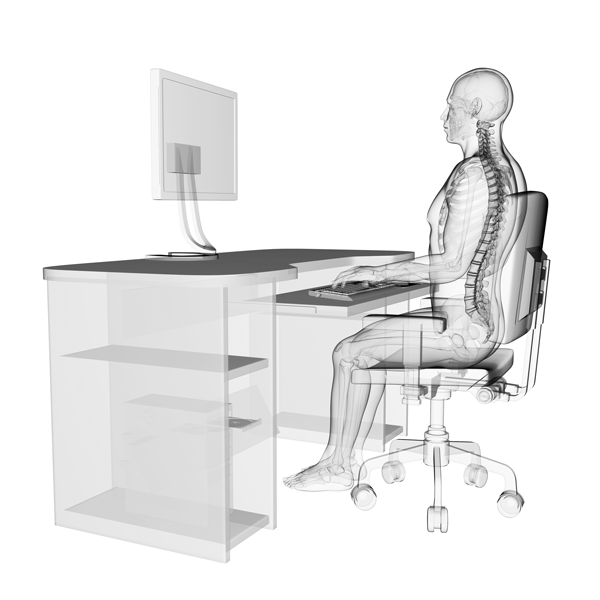Orthotics
Orthotics are insoles placed in your shoes. They support the arches of the feet and their aim is to relieve pain and get your feet functioning well.. Some are custom made and some are ‘off the shelf’. Your Chartered Physiotherapist will outline what’s best for you, depending on what your problem is. Custom made orthotics are designed from …






